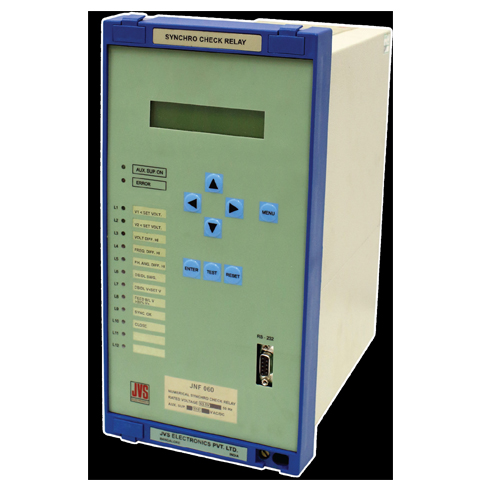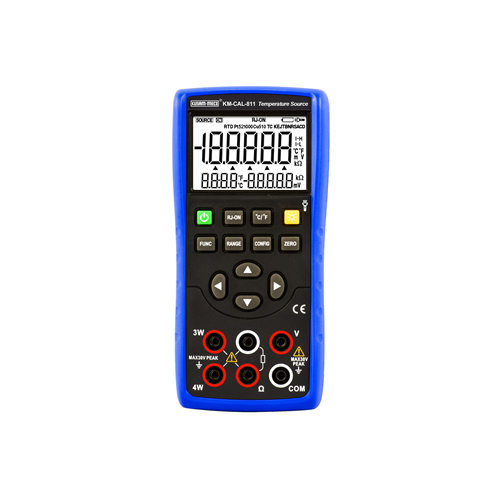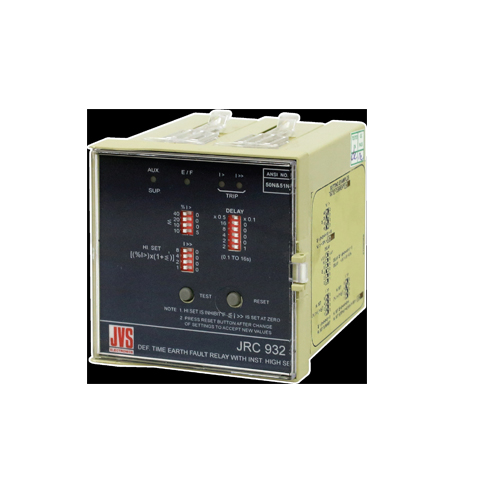Schedule a Call Back
Anti Collision System for Coke Oven Machines
 Technical Articles
Technical Articles- Sep 15,10

RADAR-based anti-collision system could be the answer to a crucial mandatory requirement where moving machinery/equipment risks collisions
Demanding industrial applications called for a most reliable sensing technology for distance measurements. There was only possibility of using laser, infrared, ultra sound, encoder technologies for distance measurements. Each one of its has their own disadvantages and the top most problem being they are prone to atmospheric problems like temperature, humidity, rainfall, lightening, etc.
Anti collision in mobile machinery, especially in coke oven machines is being looked at a broader angle and it is not given enough importance as on today due to lack of technologies available. Sometimes we even miss out in our specifications to mention about the anti collision system, which is a safety feature.
What is anti collision?
It is a protection system offered to all moving machinery to prevent collision of two equipment. They can work in the same track/bay or can work on different tracks.
Why anti collision?
Is it to safeguard, life or investment? No, because it is a law. As per VDI 3651, anti collision devices are systems consisting of either mechanical only, or mechanical and/or electrical components. Connected to evaluating units, their effect is the observance of specified safety clearances.
What is the purpose of anti collision system?
The anti collision system features enable the machine safety function which stops the machine/equipment in either direction in case of existence of collision zone set by the operator. What happens if we do not protect the system against collision?
If we do not protect the system against collision, it may be even costlier that we need to replace the entire structural part of the system and the down time for replacement needs to be looked into.
Disadvantages of Technologies Available Today (Laser/Infra Red/Encoder/Ultra Sound Technologies)
Primarily all these technologies work on either light or sound or contact. All these mediums are prone to be polluted by atmospheric conditions, which we cannot predict. Possibility of getting very high accuracy to the range of few millimetres also does not exist. Also the system needs extensive programming knowledge to understand the concept of collision, which cannot be done by the normal engineer.
Lotus Technology on Anti Collision & Distance Measurement
Lotus wireless distance measurement unit (LWDM) uses principle of radio to measure distance between two objects. The propagation of speed signal is equivalent to the speed of light (300,000 km/sec). The distance is calculated based on the time of flight between the sender and the receiver. The update time of the data is as close as to less than a nano sec.
Basic Technical Data
Frequency range 5.725-5.875 GHz
Transmitting power Max 0.008 W/9 dBm output on the antenna port Output power is adjustable.
For overall output power antenna gain and cable attenuation must be added.
Range Max 1800 m, depending on the antenna type, mounting position and environment
Measurement accuracy ? 50 cm, depending on the antenna type, mounting position and environment
Measurement frequency Max 30 Hz
Power supply 10-36 V DC/220/440 V AC
Ambient temperature -40?C to +70?C
Temperature inside the housing can range from -40?C to +85?C.
Configuration
Basic Concept of Anti Collision Function
The coke oven machines move over a rail with powered wheels, which are usually driven by VVVF drive technique. From the set of RADAR sensors, one is kept on the machine, which is moving, and one is kept at the end of the track using suitable support structure. If both the units are provided with 24 V DC power supply, then they start giving actual distance between these 2 stations. The maximum distance that can be covered is 1800 mtr and the accuracy can be as high as ?10 mm. For this case of anti collision, we are considering a unit, which can give an accuracy of ?500 mm.
Say for example, if we install 1 pair of such RADAR devices on Pusher Car-1 and another pair of such RADAR devices on Pusher Car-2. We can designate these two distances as A and B as per configuration diagram.
If we know the A, B positions, then a wireless network is used to exchange distance data between each other. Then at any instant, the position of Pusher Car-1 is known to Pusher Car-2 and vice versa. Once the distance between these two machines are known, then the anti collision distance can be programmed.
Basic Components
Following shall be the basic components of the anti collision system: 1. LWDMU (Radar based Distance Measurement Unit) 2. License free radio modems 3. Anti collision controller 4. 7.5" touch screen unit 5. Control panel for mounting the above systems 6. Pole for mounting LWDMU on machine and ground, and 7. UPS power supply for the above system.
System Benefits
1. No moving parts - hence no wear and tear 2. No complex mechanical interface 3. No optical parts - hence no cleaning of lenses, etc 4. Measurement not affected by harsh environmental and operating conditions (rain, snow, dust, dirt, extreme temperature, vibrations, etc) 5. No maintenance necessary - hence cost of ownership is zero, and 6. Availability >>99% - industry proven.
Key Specifications
1. The measurement system shall be non-contact, non optical, non rotational, linear distance measurement system.
2. The protection class shall be minimum IP65 for RADAR system.
3. The measurement refresh rate shall be minimum 35 milli seconds and maximum 250 milliseconds.
4. The RADAR system provided shall be not be affected by EMI/EMC, dust, dirt, snow, mist, rain, etc.
5. Wireless RADAR based anti collision system with embedded anti collision function
6. 100% online active measurement system for the complete range
7. System accuracy to be as high as ?500 mm and possibility of upgrading to other accuracy levels of ?10 mm should be possible.
8. Repeatability as high as >95%
9. No rotational error shall be available and no correction proximities to be employed over linear distance measurement range of 500-mtr min.
10. Wireless interface on non line of sight 865-867 MHz, license free network, maximum range of 1000 mtr
11. The system should directly deliver potential free contacts for travel direction control
12. The RADAR system shall provided RS-232 output for distance and contacts for direction control
13. The Radio modem shall be with in built LCD display unit for programming.
14. The system shall be proven with installations already running in same or similar application in India or abroad.
Conclusion
Having given many choices in industry, it is better that we select a reliable proven technology solution for protecting our investments. Lotus with its decade old experience has innovated into solutions, which the industries demand after 10 to 15 years. However the cost competitiveness is kept in mind while designing solutions, which makes them affordable with an additional price than the normal system.
(Lotus Wireless Technologies India Pvt Ltd, Visakhapatnam. Tel: 0891-2761678. Fax: 91-891-2578554. Email: info@lotuswireless.com)
Related Products

Numerical Check Synchronizing Relay -jnf 060
JVS Electronics Pvt Ltd offers a wide range of numerical check synchronizing relay -JNF 060.

Kusam-meco” 1000v Dc Hand Held Digital Insulation Resistance Tester - Model- Km 372
Kusam-Meco has added a new hand-held digital insulation resistance tester cum digital multimeter for the convenience of electricians.

Single Pole Instantaneous /definite Time Earth Fault Relay -jrc 932
JVS Electronics Pvt Ltd offers a wide range of single pole instantaneous /definite time earth fault relay -JRC 932.
















